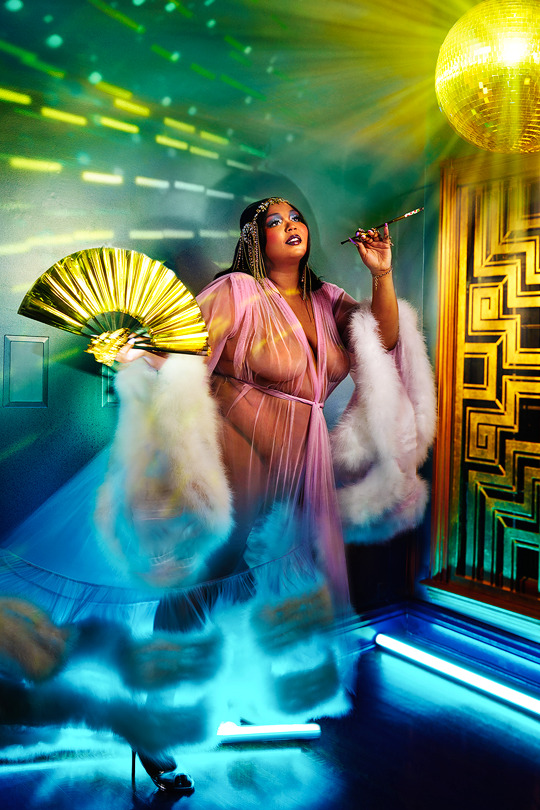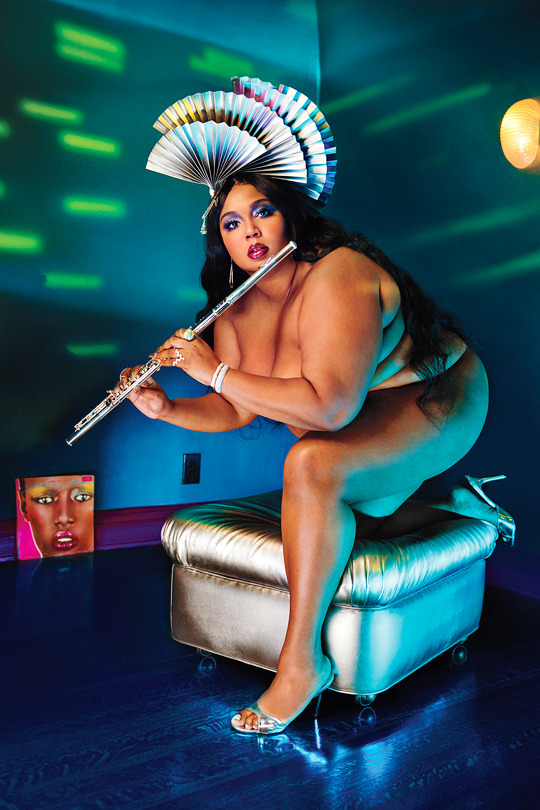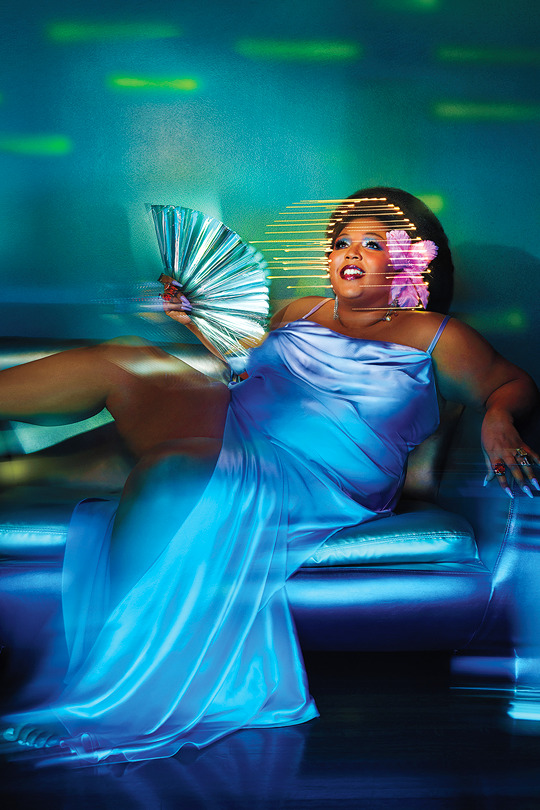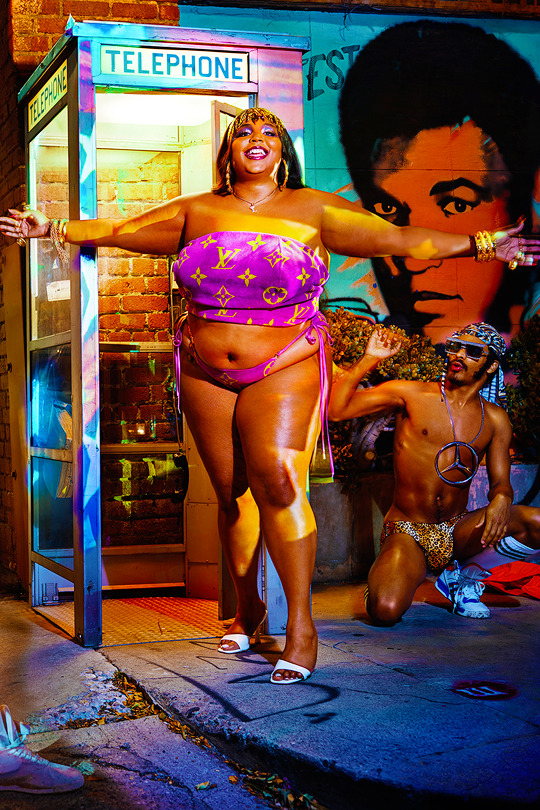Photo







LIZZO Rolling Stone Magazine / 2020 › ph. David LaChapelle
95K notes
·
View notes
Text
The love I wanted is very different to the one I got. And honestly, sometimes it doesn't feel like love at all.
1 note
·
View note
Photo



Yalitza Aparicio photographed by Santiago & Mauricio and styled by Pamela Ocampo for Vogue México January 2019
2K notes
·
View notes
Photo

Wan Hung F/W 2019 Menswear New York Fashion Week
59 notes
·
View notes
Photo

Shot by Edward Steichen for Vogue, June 1925
177 notes
·
View notes
Text

Like the stars chase the sun
Over the glowing hill, I will conquer
81 notes
·
View notes
Photo

Gjon Mili: Artist Pablo Picasso painting with light at the Madoura Pottery. 1949
Mili visited Picasso twice – eighteen years apart – and on both occasions, while assigned to photograph the artist, he found himself involved in totally unforeseen creative experiences. One result of the first meeting, at Vallauris in 1949, is the photograph of Picasso drawing the Centaur with a “light pencil.” This spectacular “space drawing” is a momentary happening inscribed in thin air with a flashlight in the dark – an illumination of Picasso’s brilliance set off by the spur of the moment. It was during this first visit in 1949 that Mili showed Picasso some of his photographs of light patterns formed by a skater’s leaps – obtained by affixing tiny lights on the points of the skates. Picasso reacted instantly. Before Mili could utter a word of explanation, Picasso, sparkling with excitement, started tracing through the air one intriguing shape after another with his bare finger. It is interesting to note the affinity between Picasso’s first light image, the Centaur, and the shape of his own crouched body as he starts to draw. Significant, too, is the course of his action as the image progresses from beginning to end. He first describes a small hook and swings upward to delineate the left arm, then the head and horns, the right arm and then the spine; at frantic speed – which is shown by the thinness of the line – he scribbles two wavering hind legs before he slows down, almost to a stop, while drawing the soft curve of the underbelly. As if he suddenly remembers there is more to do, he swiftly shoots straight up to fill in the facial structures and without breaking the flow, signs off with a flourish. The photographic effect was created by opening the camera’s shutter while Picasso was in the dark, crouched over to begin his instant masterpiece – this static pose captured by a momentary flash. Again in darkness after this instantaneous flash of light, Picasso quickly draws his signature image in the air with a “light pencil.” This light drawing is an “instant Picasso” – vanishing no sooner than born, except for what the camera captures. Not unlike a doodle in appearance, this rendering is an unimpeded expression of the artist’s inner vision, and as instinctive as one’s gesticulations in trying to make a point. This “space drawing” highlights better than anything in clay, wood, metal, or paint the automatic link between hand and brain which is basic to Picasso’s creative thrust.
445 notes
·
View notes
Photo

WILLIAM KLEIN ( B. 1926 )
Marie-Lise in Saint Laurent + Napoleon, Musée Grévin, Vogue, Paris, 1963
69 notes
·
View notes
Photo

TONI FRISSELL ( 1907-1988 )
First Bikini, Harper’s Bazaar, Montego Bay, Jamaica, 1945.
Source: Christie’s.com
32 notes
·
View notes







